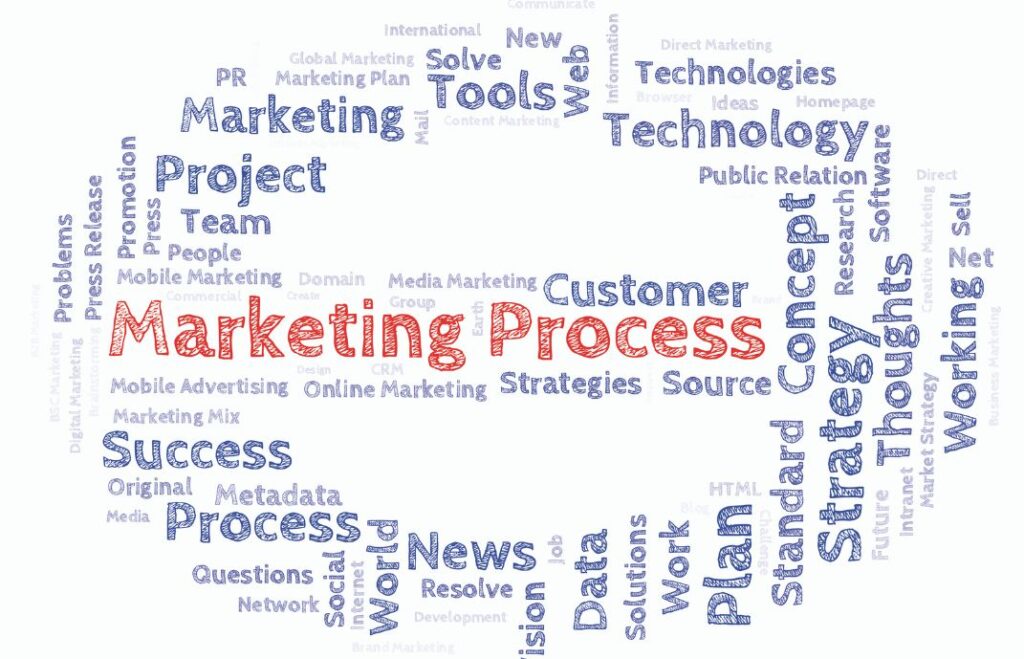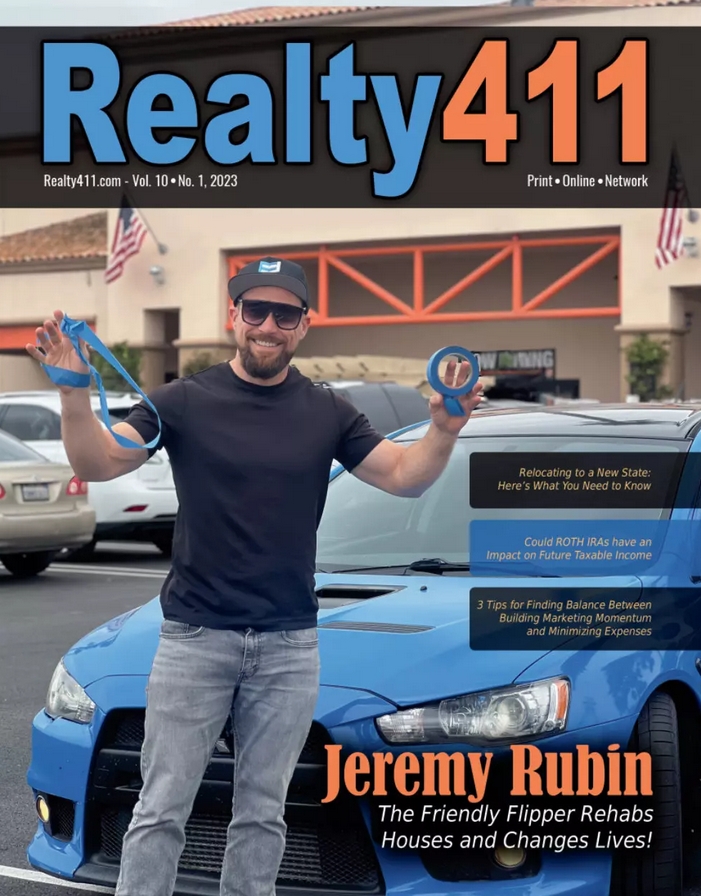|
Getting your Trinity Audio player ready...
|

The Shifting Landscape in Marketing Techniques
By Dan J. Harkey
Summary:
Social capital, a cornerstone of the business community, is the value attached to network formation, built-up trust, and reciprocal relationships. This concept, centered on shared values, strong ties, consistency, and cooperation, is instrumental in advancing each other’s goals and objectives.

Personal branding, a potent tool, is the intentional and strategic practice of defining and promoting one’s values as an individual and potential business partner. By limiting one’s values, goals, and purpose, and showcasing one’s qualities, we can effectively shape our professional image and stand out among the possibilities. It’s the intentional and strategic practice of defining and promoting one’s values as an individual and someone with whom one could potentially do business. The process involves defining one’s values, goals, and purpose while showcasing one’s qualities to the public and proving why they might want to do business with us. It’s a powerful tool that empowers us to shape our professional image and stand out among the possibilities; it’s our job to make the most of it.
The keys are authenticity, tenacity, executing your plan through action habits, consistency, and being “ever-present.”
Historical orders, customs, practices, traditions, rules, and habits were all considered reliable until now. They have all changed. My expectation of how to do business has been permanently disrupted…
article continues after advertisement
Article:
Everything has been redefined, including time, space, rules, interactions with others, delivery, operational methods, and social media platforms, to reflect the immediacy and speed of communications. I call the process’ light speed differential communication’ because it signifies the rapid and varied communication sound bites available today. This term emphasizes the fast-paced nature of modern communication, where parties may not always have the time to form lasting bonds.
The shift from the familiar order of things we’ve practiced over a long history into unfamiliar territories is necessitating new learning techniques and strategies such as automating everything, AI-driven marketing, personalized customer communication (e.g., webinars, Zoom meetings, customized personal emails), speed text messaging, and data-driven decision-making (e.g., predictive analytics, customer segmentation).

Due to the dynamic changes, individuals have never had a better time to invest or reinvent themselves to understand modern methods and strategies. The problem, however, is that tens of thousands of people are doing the same thing, competing for the time, space, and attention.
Developing long-term, lasting relationships has become lost in the shuffle. We cannot sit around, create a website, make periodic posts, and wait for texts, email responses, or the phone to ring.
Adapting to these new techniques is not just a choice but a necessity in the rapidly evolving marketing landscape. The sooner we embrace these changes, the better equipped we will be to navigate the future of marketing, feeling motivated and driven.
Historic Shift:
Customs, practices, and order of priorities have dramatically shifted to a radically new paradigm. Building relationships, thereby creating social capital, has also undergone a shift. In this new era, friends do business with friends, and reliable relationships have been replaced with ‘light-speed differential communications,’ a term we use to describe the rapid and varied communication sound bites available today. Adapting to these new methods is crucial to staying competitive.
https://en.wikipedia.org/wiki/Social_capital

The prevailing approach of solely relying on social media for business or sales outreach will diminish over time. Lightning-speed, attention-grabbing messages or sensational content aimed at unknown prospects (leads) will likely lose effectiveness over time.
Expanding business opportunities and fostering new relationships are crucial for personal growth and business success. These elements are the foundation for achieving higher goals and driving business growth. There will likely be a resurgence and re-emphasis on building strong relationships as the key strategy for sustainable success. This shift will make us, the business participants, feel valued and integral to the process.
Most people have changed their reading habits. They watch and listen to podcasts focused on digital audio and video content available for downloading or streaming. They don’t seem to answer their phones as they used to, and they don’t always respond to emails for marketing purposes or precisely targeted communication about a specific subject, such as a transaction. But one thing is sure: everywhere they go, they look down at their phones so attentively that they miss everything around them.

The most effective marketing tool today is texting prospects, which is short and to the point, necessitating the collection of phone numbers rather than email addresses. However, the process must be done individually, with some personalization rather than a mass text software package. Virtual assistants like Siri and Alexa are easy ways to make calls, send texts, and use applications with our voice. They can draft and send personalized messages and reminders, making them time-saving, valuable tools in this approach. These virtual assistants, with constant upgrades of artificial intelligence (AI), make them indispensable.
We may first call and leave a message; when the prospect does not answer, we can follow up with an email or text message. For instance, if you’re a financial advisor, you could send a message like, ‘I am checking to see if you need any advice on your retirement planning or investment strategies.’ This personalized approach demonstrates that you understand their needs and are prepared to provide a solution.
These technological disruptions necessitate our adaptation to stay competitive in the market. It’s crucial to stay ahead of the curve in our field, and quick learning and adaptation techniques will make us feel prepared and proactive in the face of these changes.
Here are a few terms that we must become comfortable with:
https://www.newbreedrevenue.com/blog/marketing-terms
https://communications.rutgers.edu/brand-policies/advertising/glossary-marketing-terms
Marketing Application Tools:

These are essential tools for businesses that streamline marketing processes, enhance engagement, and improve performance. There are dozens to search out and install for overall improvements in our marketing efforts.
Artificial Intelligence (AI)
Automatic Language (AL)
Automatic Language (AL) is an advanced technology that analyzes text inputs, recognizes patterns, and classifies text into natural language processing algorithms.
In marketing, AI is advancing the human interface and communication with machines and computer systems, enabling more efficient and personalized customer communication.
This technology is revolutionizing how we interact with customers and is a key trend in marketing.
Eventually, AL will drive most of our marketing activities. Analytics and algorithms will drive everything from search engines to service searches, identifying our unique abilities based on our participation in the tech system.
Search Engine Optimization (SEO)

This is the art and science of getting pages to rank higher in search engines such as Google
Ranking higher leads to increased traffic to your website.
There are free SEO tools to help plan and execute your strategy.
Tools include Google Keyword Planner, Ahrefs, and SEMRush, which have features to find keywords, audit your site, and generate backlinks.
https://www.shopify.com/blog/free-seo-tools
Search Engine Algorithms

The content below was taken from the Digital Marketing Institute.
Search engines are the trusted tools people turn to when they have a query and search online for the answer. They play a crucial role in providing the exact results that searchers seek, ensuring the process is reliable and accurate, which should assure you of the effectiveness of your SEO efforts.
Search engine algorithms are complex computer programs that analyze various factors to provide searchers with the most relevant results. These algorithms form the backbone of search engines, enabling them to find and rank web pages for any given keyword. The complexity of these algorithms underscores the need for professional guidance in navigating the world of search engine optimization (SEO).
There are three steps to how search engines work: crawling, indexing, and ranking.
Search Engine Crawling, Spiders
The first step is crawling. Search engines send messages to find new web crawlers’ pages and record their information. We sometimes refer to these web crawlers as ‘spiders,’ ‘robots,’ or ‘Google bots.’
Their purpose is to discover new web pages and periodically check the content on previously visited pages to see if it has changed or been updated.
article continues after advertisement
Natural Language Processing (NLP):
Bots, short for robots, are computer programs designed to perform automated tasks without specific human instructions. These tasks include crawling webpages, engaging in conversations with users, and automating repetitive tasks that humans would otherwise perform. Bots can be programmed to imitate human behavior and can also be used to perform malicious activities, such as malware.
These are the chatbots featuring beautiful women who want to connect with you and eventually have you send them money, with the expectation of a personal visit.
There are various types of bots, including spider bots, scraper bots, spam bots, social media bots, download bots, and ticketing bots. Some are good, and some are bad.
Change is Dynamic:
New and current methods of developing and sustaining relationships are not about shaking hands with 500 or 1,000 people, maintaining communication with them, becoming friends, and doing business as usual. Instead, they are somewhat data-driven, magnifying or leveraging performance through algorithmic data management.

Reading is a powerful tool that can counteract ill-informed opinions. But, as Mark Twain aptly said, “If you don’t read the newspaper, you are uninformed; if you read the newspaper, you are ill-informed.” This highlights the importance of seeking out reliable sources of information to remain empowered and knowledgeable in the face of change. Truth in the news is generally only found through alternative media.
Many of our activities are so fast-paced that we cannot keep up, and therefore, we have limited time for relationship-building. Much of our work function is now modified to rely on technology, replacing face-to-face and telephone correspondence.
The accelerating speed of change is upon us, and we have said goodbye to the old methods for good. At best, we can capture the attention of prospects for a few microseconds or a minute to gauge their interest in our services, which is a challenging task but doable. We can embrace and adopt change willingly or be left in the dust of history alongside the Rolodex client file system and the business lunch. For those who do not remember the Rolodex, it was a desktop card index system featuring a round, rotating spindle with removable cards attached to it. The salesperson would record client information, indexed from A to Z.
Future companies may have only five employees, but they operate like a 50-person company 20-30 years ago. How we operate with today’s advanced technology can give the illusion of a much larger company.
There is a shift to a free-agent nation, where independence is paramount, and mobility is essential to success.
Herein lies the need for an executive administrative assistant, independent contractor staffing, and high-tech independent contractors locally or from around the world (somewhere) who can work magic in the tech-driven marketing and follow-up process.
The 80/20 Rule Will Not Change:

Twenty percent of a salesperson’s or an organization’s activities contribute to only 80% of the results. Conversely, 80% of our activities account for 20% of our results. This powerful insight can be applied to various aspects of our lives. For instance, in personal productivity, you can identify and focus on 20% of tasks that yield 80% of your results. In sales and business management, you can identify the 20% of customers that generate 80% of your revenue. The new tools available can ignite our motivation and drive for success, inspiring us to maximize our efforts and achieve more.

Dan Harkey
Educator & Private Money Lending Consultant
[email protected] 949 533 8315
www.danharkey.com


